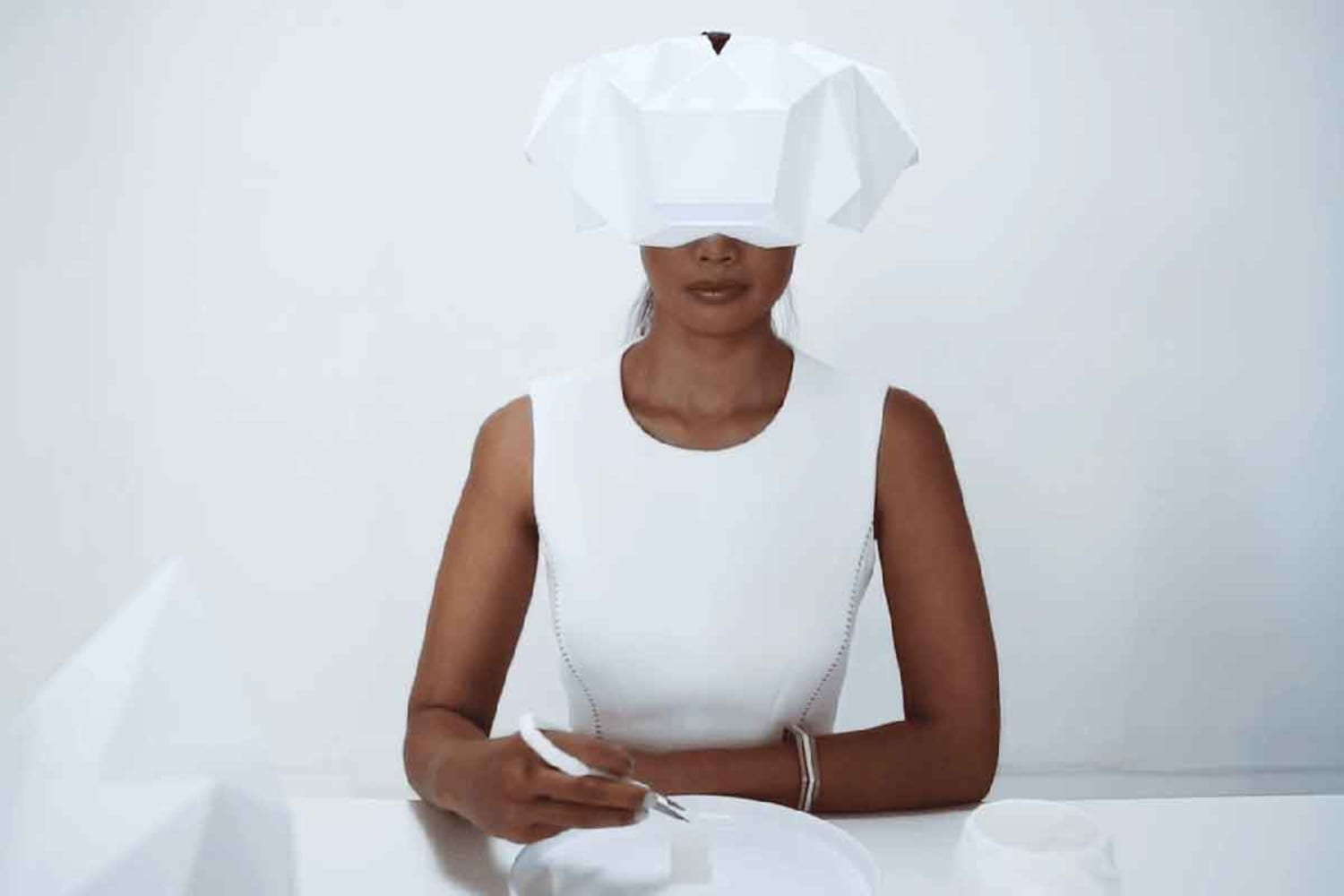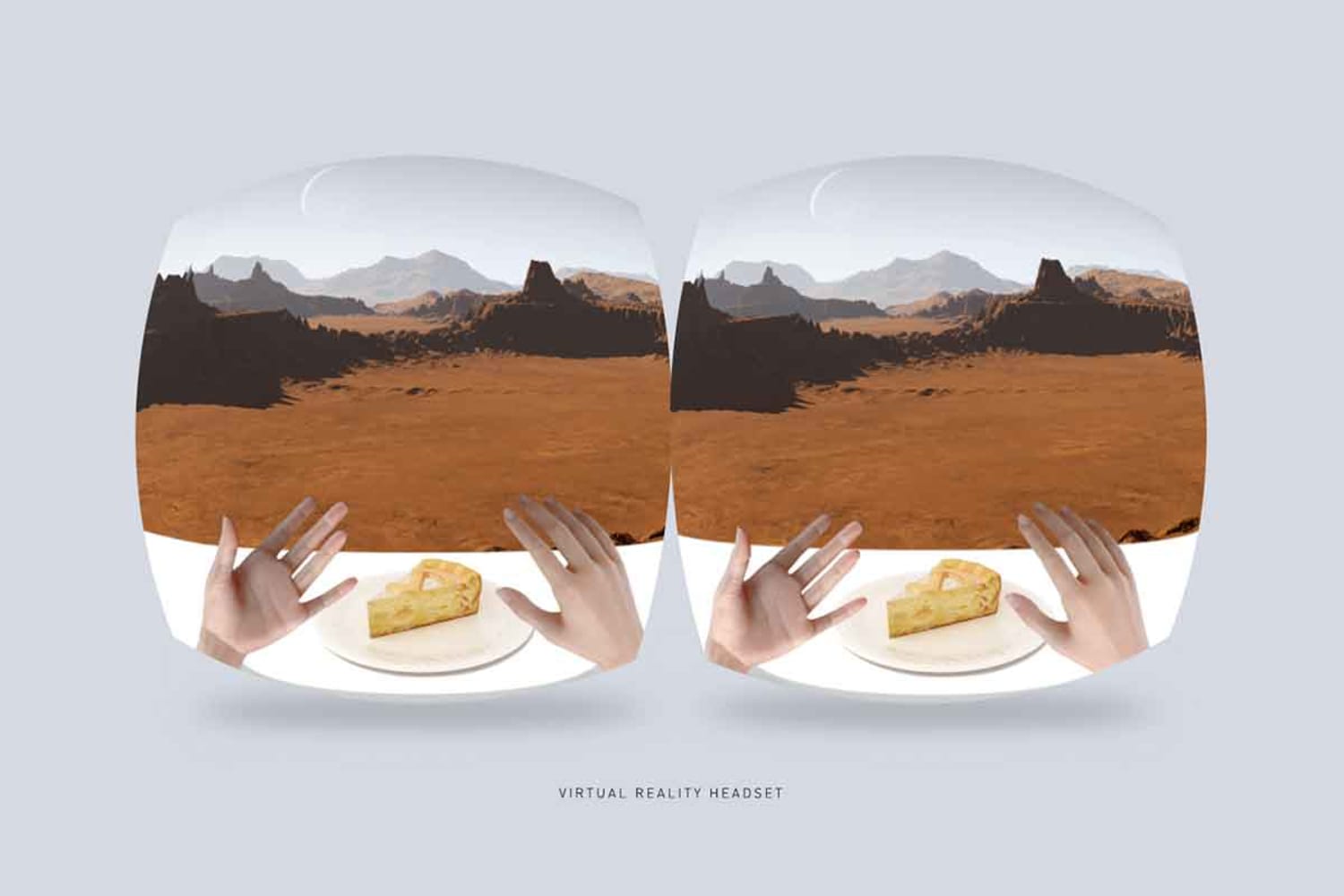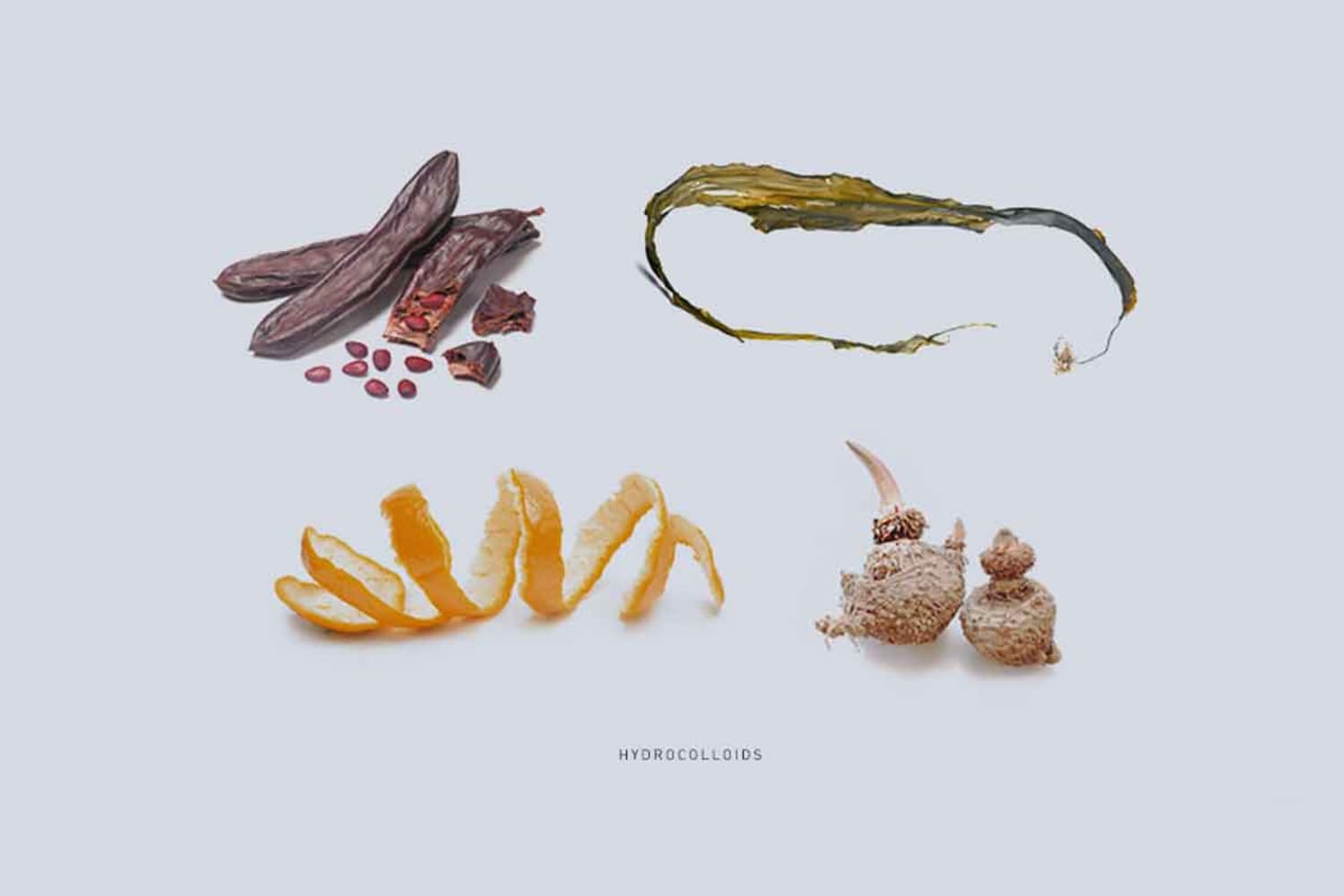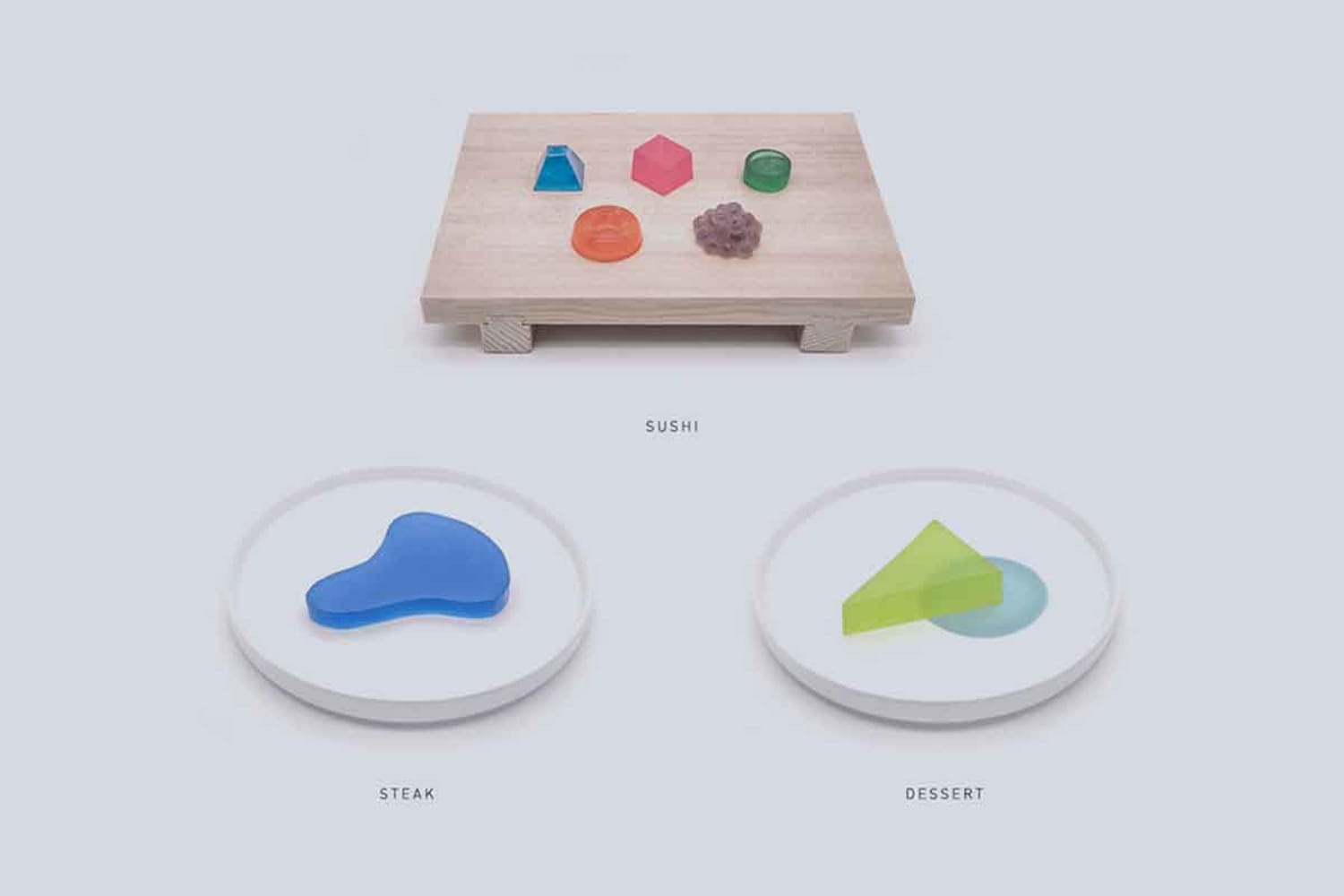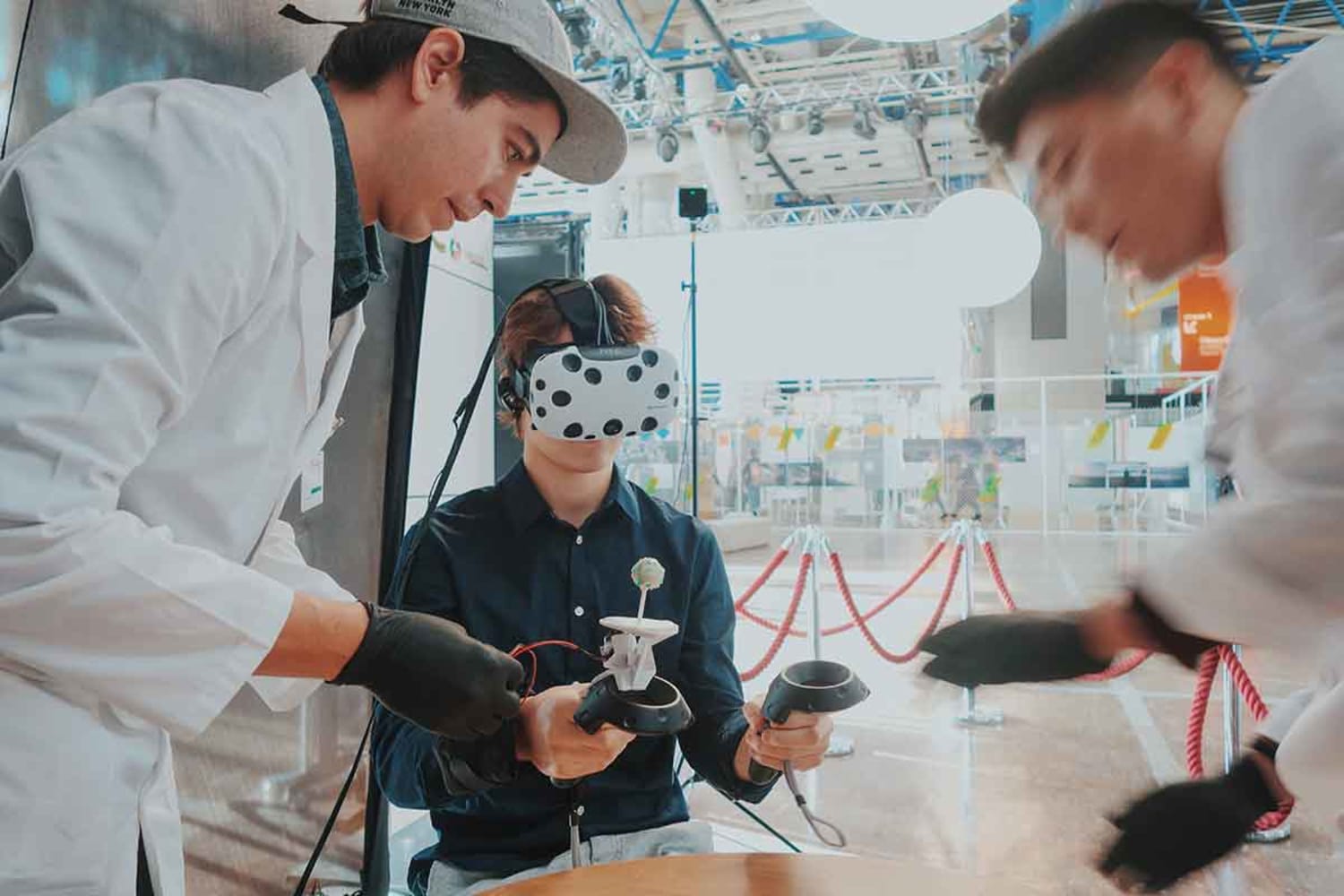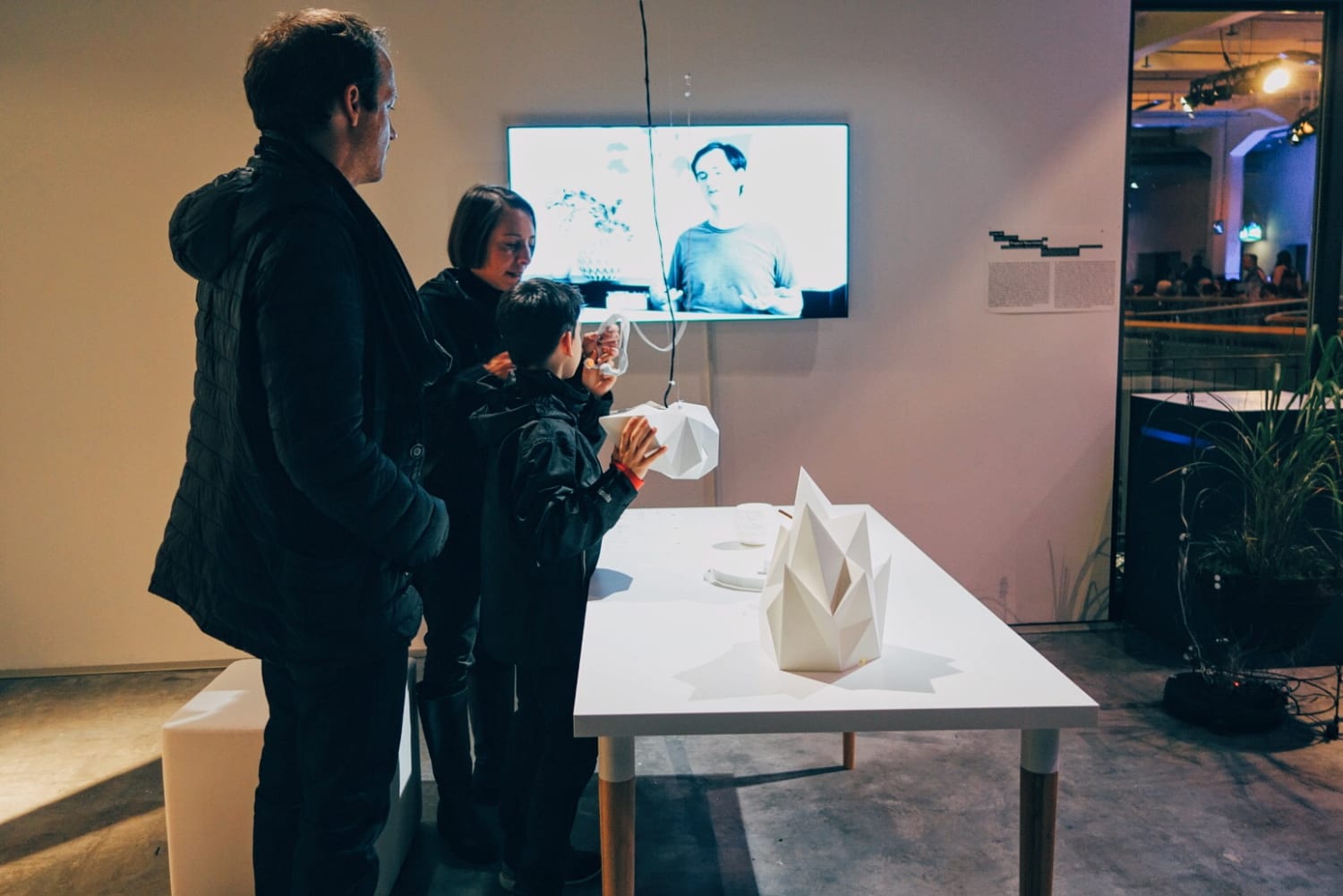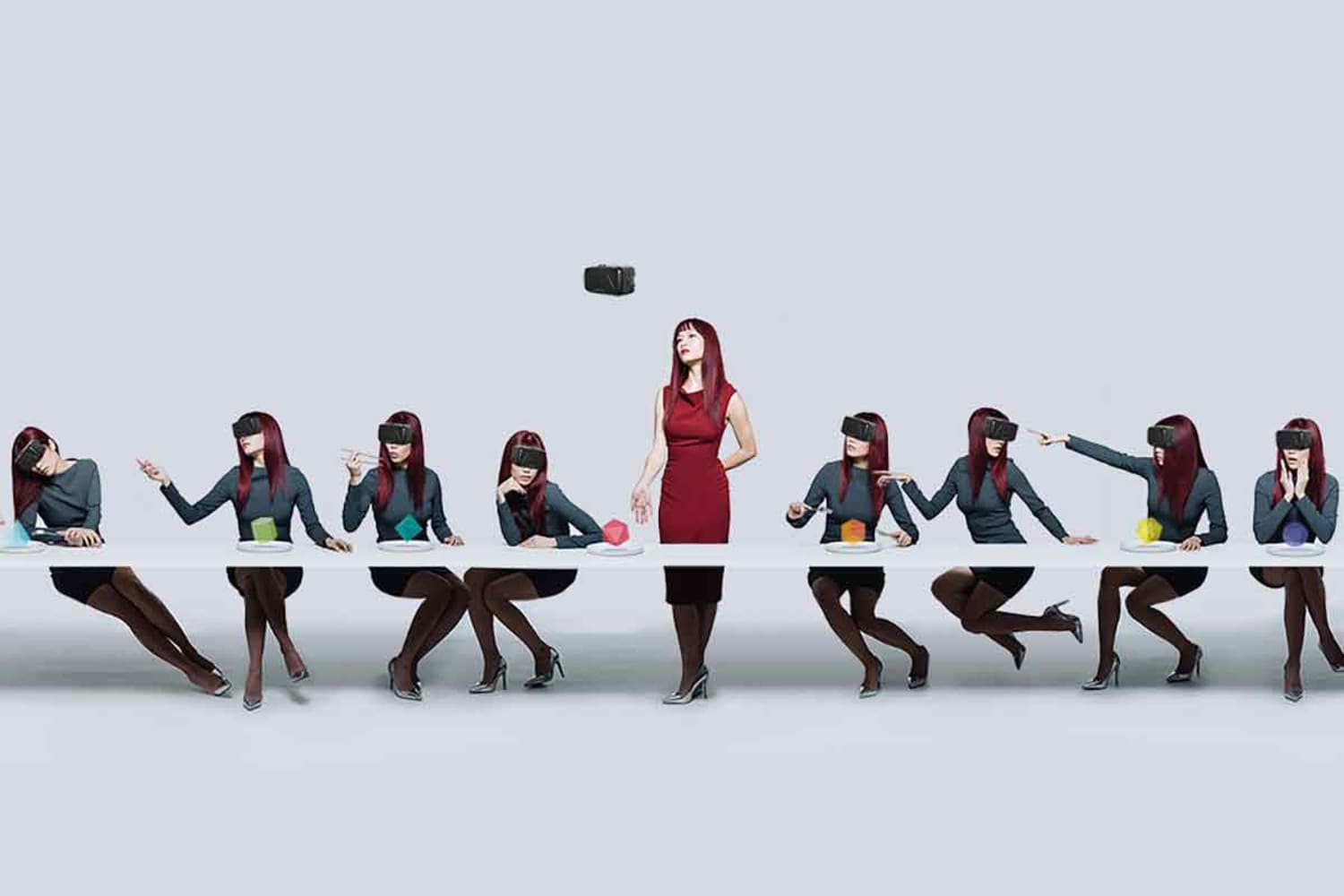Can a meal provide an experience beyond food? As foodie culture branches into theater and technology, companies are using new techniques to change the way people eat and bring a sense of immersion into dining.
VR gastronomy startup Project Nourished offers a virtual dining experience that replicates existing foods and invents new ones that would be impossible to create in physical reality. Users wear a VR headset that places them in an immersive environment and eat 3D-printed algae cubes, while aromatic diffusers and bone-conduction technology manipulate their senses to simulate the dining experience. We discussed the cultural implications of this technology with founder and CEO Jinsoo An.
How did Project Nourished get started?
It started merely as an experiment—we didn’t think of it as much, initially. We wanted to replicate what we saw in a movie called Hook that we saw growing up. There’s a scene where Peter Pan, as an adult, goes back to Neverland and uses his imagination to recreate food. We opened up our perspective to thinking, “What does it really mean to eat? Why do we create certain foods and aesthetics?”

